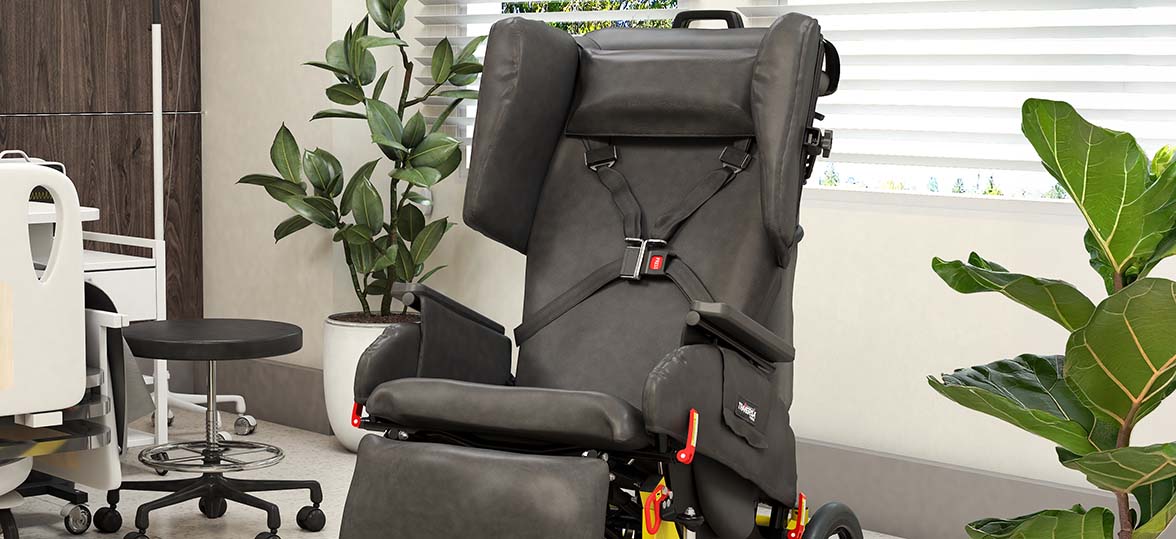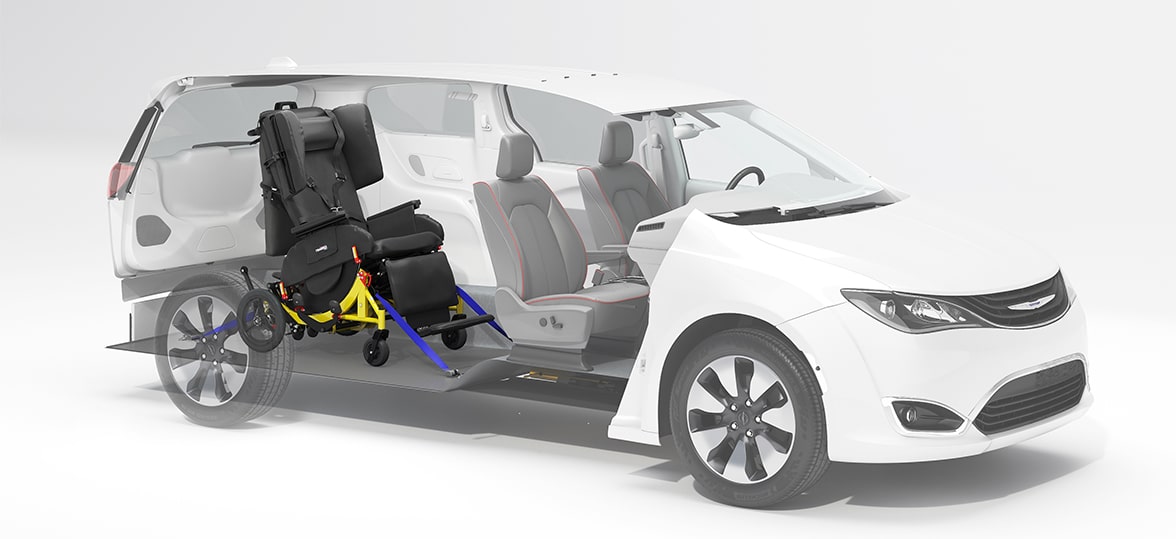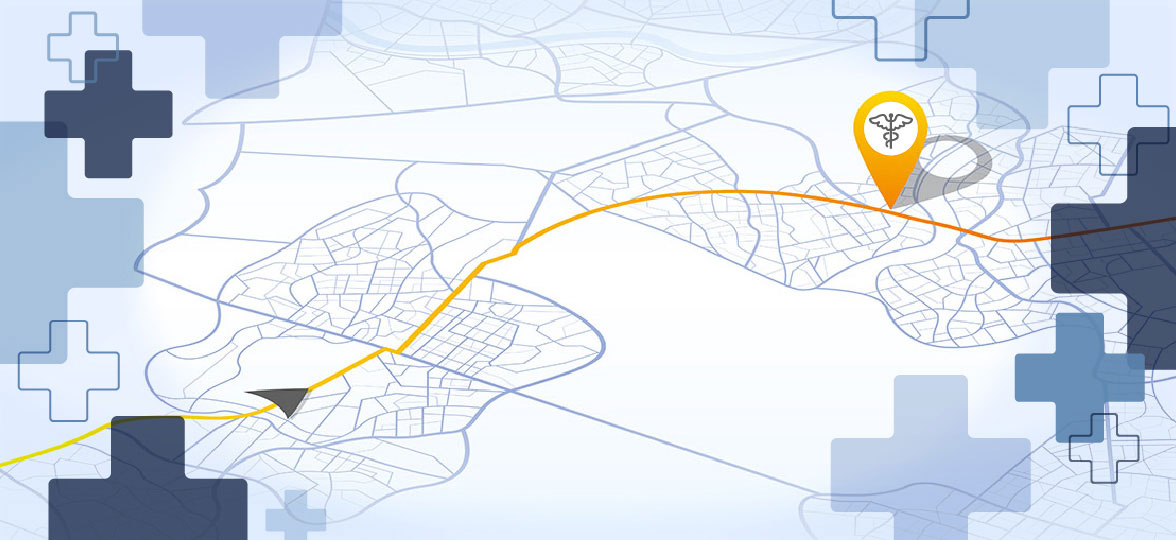When it comes to patient transport, healthcare providers are all too familiar with the limitations of current options. Between ambulatory trips, basic wheelchairs, and stretchers or ambulances, there’s often a noticeable gap in care. Many patients fall into a category where they require more support than a basic wheelchair can provide but don’t necessarily need the level of intervention offered by a stretcher or ambulance. This gap has left providers searching for a solution that balances safety, comfort, and efficiency. The Traversa Transport Wheelchair by Broda is a game-changer designed to address this often-overlooked need in non-emergency medical transportation (NEMT).
What is the Traversa?
The Traversa is a specialized medical transport solution that bridges the gap between traditional wheelchairs and ambulance services. Designed with patient dignity, comfort, and safety in mind, it offers advanced capabilities at a fraction of the cost of an ambulance ride. It’s perfect for bed-bound, medically stable patients who need extra stability or security during transport yet don’t require a stretcher.
The Challenges of Existing Medical Transportation Options
To understand how the Traversa fills this gap, it’s essential to look at the limitations of the current methods of transportation:
Basic Wheelchairs
For patients needing more than standard mobility assistance, basic wheelchairs often fall short. These chairs lack the stability and features needed to ensure safety and comfort for medically vulnerable individuals.
Not many basic wheelchairs carry the prestigious WC19 certification — the highest level of crash-tested safety certification available for wheelchairs. When providing a commercial service, a WC19 certified wheelchair is the only sensible option to protect your clients and your business in case of an accident. Basic wheelchairs also don’t typically come with secure brackets for tie-down systems. It’s not safe to secure a wheelchair by attaching tie-downs to the wheels or leg rests, as these are likely to break off during a crash.
Patients in basic wheelchairs are also more prone to discomfort and injury during transport. Foldable transport wheelchairs typically only have a sling-style seat made from hard, uncomfortable vinyl. These wheelchairs are also not very comfortable for your patients and don’t provide ergonomic support.
In short, a basic wheelchair is unlikely to provide adequate service for a person with more advanced mobility needs or delicate medical complications.
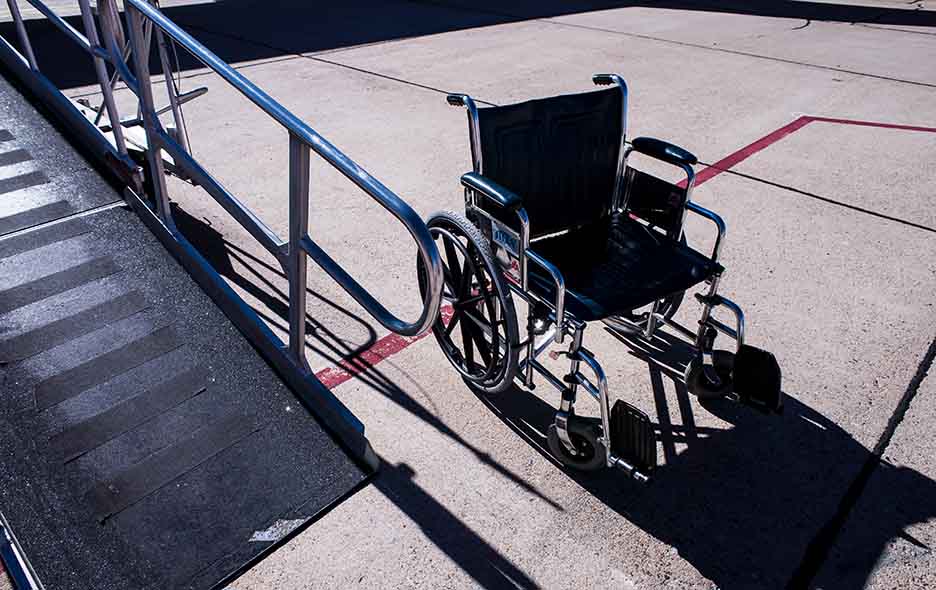
Stretchers/Ambulance Services
Alternatively, stretchers and ambulance services might be excessive for a medically stable, bed-bound passenger. While a stretcher is excellent when a passenger needs high levels of medical intervention, they are resource-intensive and often overly expensive for situations that don’t require emergency care.
Additionally, stretchers are often not comfortable for extended transport. Riding in a supine position is not best for individuals with balance problems, pressure injuries, back pain, or those prone to motion sickness. Riding in a stretcher can also cause embarrassment for the passenger due to the conspicuous nature of their use and the stigma attached to needing medical attention.
Stretcher services also do not provide the fastest response time. In many states, government regulations prohibit NEMT services from offering stretcher trips, so facilities must wait for an ambulance to be available. This creates long wait times if an emergency arises, and many people wait hours or even days for a simple ride home from the hospital. Long discharge waits occupy valuable hospital beds, creating bottlenecks in patient flow. Relying on stretchers for non-critical transport ties up limited ambulance resources, which can delay response times for actual emergencies.
Ultimately, stretchers are often uncomfortable and overly restrictive for the average NEMT trip.

The Missing Middle
This leaves many healthcare providers struggling to find a solution for patients who don’t fit neatly into either category. The Traversa Transport Wheelchair provides a seamless alternative, empowering patients to travel with enhanced comfort and safety while freeing up valuable resources for critical needs.
How the Traversa Benefits Patients and Providers
The Traversa’s design is built around the dual goals of improving patient experiences and streamlining operations for providers.
Benefits for Patients
1. Enhanced Comfort and Dignity
The Traversa is engineered with soft surfaces, supportive positioning, and ergonomic adjustments to ensure a comfortable ride. Unlike stretchers, which can feel isolating, Traversa’s upright design allows patients to maintain their dignity and carry a conversation during transport.
2. Improved Safety and Stability
With a robust frame and advanced stabilization features, the Traversa significantly reduces the risk of falls or discomfort during transit. Patients enjoy a safer, smoother ride compared to both stretchers and basic wheelchairs.
3. Reduced Anxiety
Non-emergency transports can create anxiety for patients, especially when using stretchers or ambulances that may feel too serious for the situation. The Traversa’s friendly design helps ease these concerns, making the transport process less stressful.
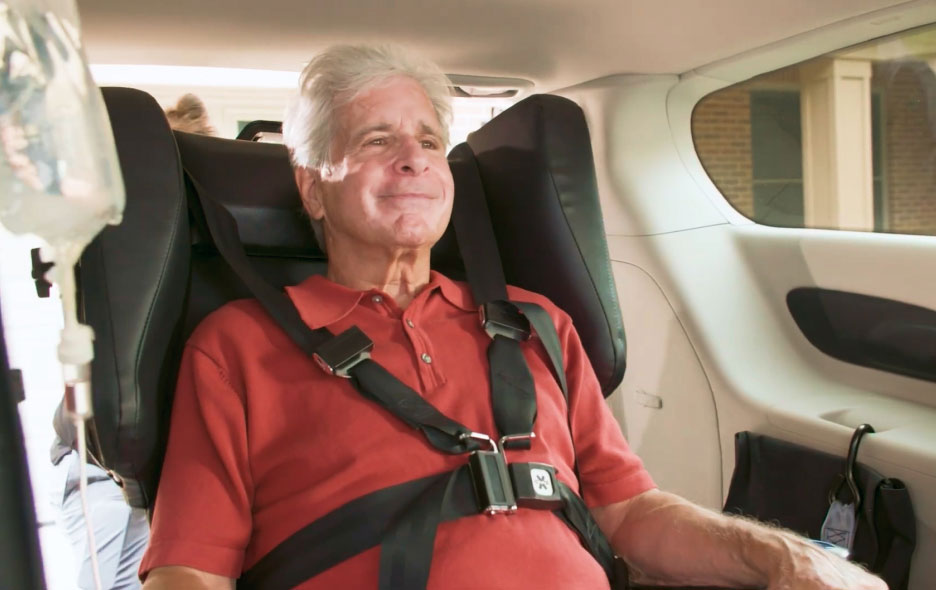
Benefits for Providers
1. Cost-Effective Solution
Ambulance rides are costly and often not necessary for non-emergency transports. The Traversa provides providers with a budget-conscious alternative while still delivering a higher level of service than basic wheelchairs.
2. Faster Responses & Less Waiting
Avoid long waits for ambulance transportation. By booking with a local NEMT provider, your facility can reduce the amount of time patients spend waiting to go home or to the next step in their care.
3. Frees Up Ambulance Resources
Because the Traversa satisfies the gap in care between wheelchairs and ambulances, it allows emergency services to remain available for critical situations where they’re truly needed.
4. Improved Patient Satisfaction
Happy patients make for better outcomes, and the Traversa’s comfort, safety, and dignity-focused design dramatically enhance the patient experience. This boosts satisfaction scores, which directly benefits providers.
5. Optimized Patient Flow
With streamlined transport logistics, the Traversa makes it easier to discharge patients promptly and efficiently, opening up valuable bed space for new admissions. This results in a smoother flow throughout the healthcare facility.
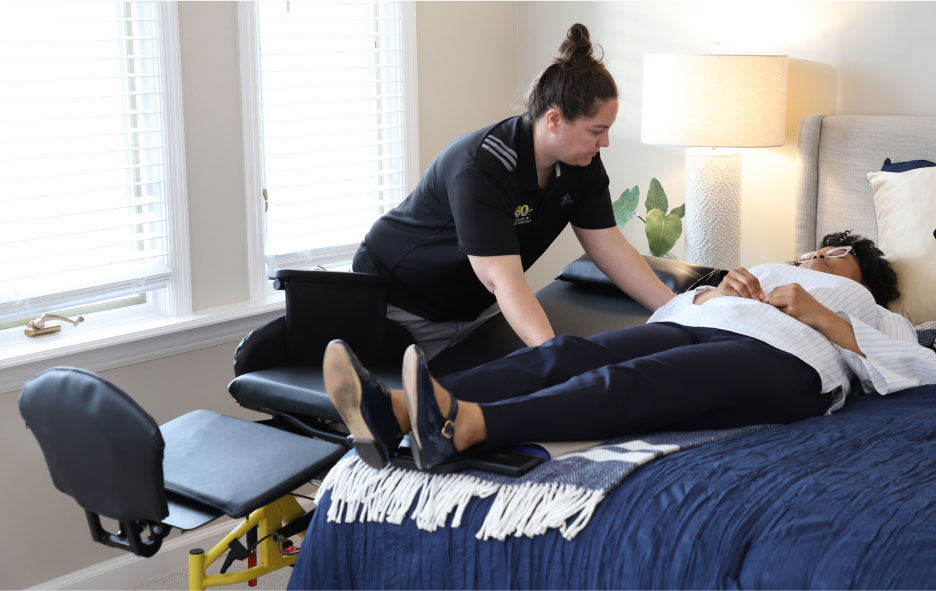
A Smarter Solution for NEMT Operators
For NEMT operators, the Traversa isn’t just a tool; it’s a strategic advantage. Providing wheelchair transport that’s safer and more supportive allows operators to enhance their service offerings and expand their reach. More importantly, it empowers them to deliver excellent care while managing costs effectively.
Whether you’re managing a large hospital system or improving logistics for a small care facility, the Traversa adapts to your needs, giving providers the flexibility to deliver the very best in patient care.
Why Choose Broda?
At Broda, our mission is simple yet powerful. We aim to promote and preserve the well-being of the individuals who use our products. For decades, we’ve been a trusted manufacturer of durable medical equipment, consistently setting the industry standard for quality and innovation.
Our products are designed not only for functionality but for dignity and respect. The Traversa is an extension of those values, offering healthcare providers a solution that redefines what’s possible in NEMT. When you choose Broda, you’re choosing reliable solutions backed by expertise, exceptional customer support, and unwavering dedication to patient care.

The Traversa is Here to Revolutionize Medical Transportation
The Traversa fills a critical gap in medical transportation between basic wheelchairs and ambulances, providing a much-needed solution that benefits both patients and providers. From enhancing patient comfort and safety to optimizing operations for providers, this innovative product is reshaping how we think about non-emergency medical transportation.
Are you coordinating transportation for a healthcare facility? Ask your local NEMT provider about the Traversa today!
